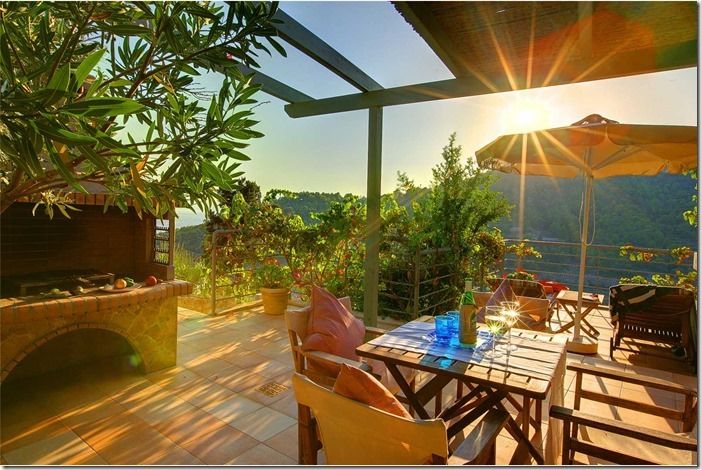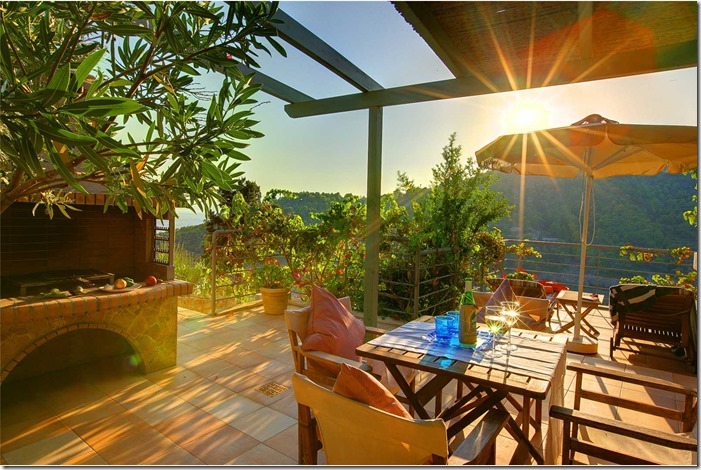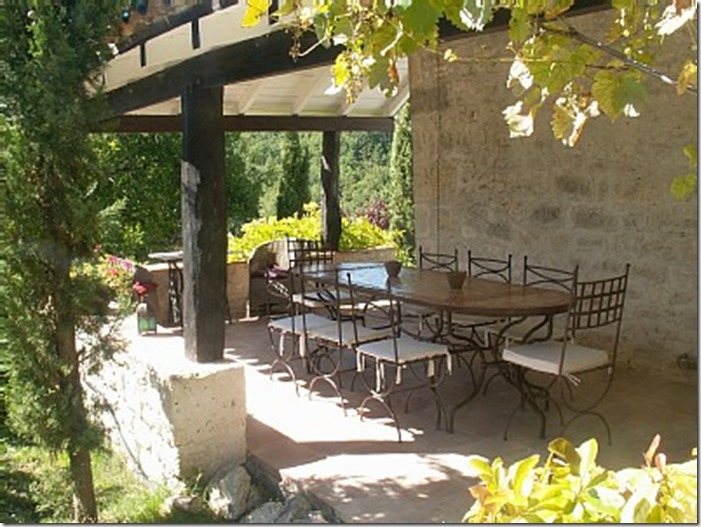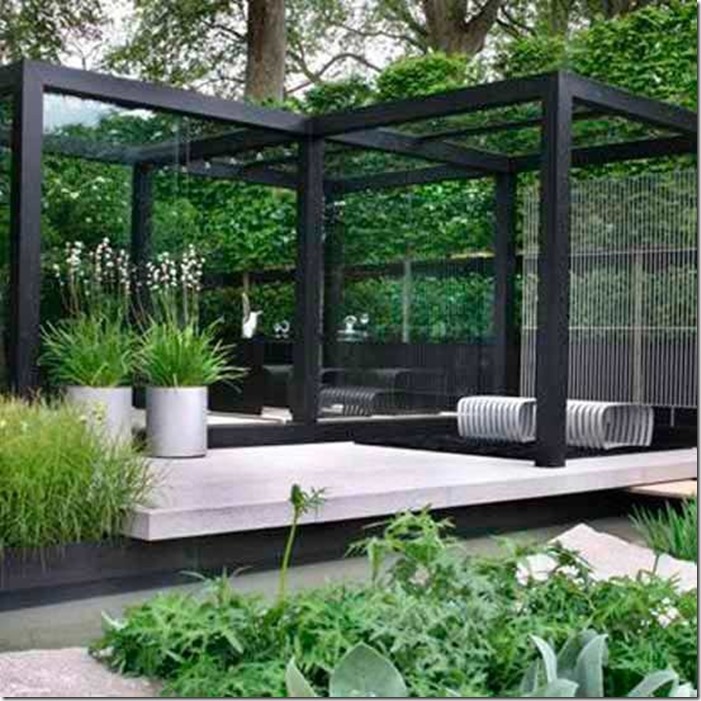
Inspiring Your Clients To Win More Work
During your initial paid, on-site consultation of around two hours you will have taken a careful tour of the garden, noting your (possibly unspoken) observations of positive and negative features and including as many site details as possible. You will have asked questions and taken photographs. You will have discussed your clients’ wish list, any colour and plant preferences and dislikes, how and when the garden will be used and by whom.
By the end of the first consultation you may already have a wondrous vision in your head of the stunning space you can create for your clients. With experience you will find that you know almost at first sight what can be done with a garden plot. But how do you convey this to your expectant clients, excite and inspire them and get them on your wavelength right from the start, but before you spend many hours designing plans?
One answer is to show them your own design brochure, or separate mood boards of images. These can be from photos (your own or downloaded from free image websites), magazine cuttings, small sketches – anything that gives an impression of the garden elements you wish to incorporate. Collect images of different styles of gardens that resonate for you as a designer. Always try to take photos of gardens that you have designed and that have been successfully completed, especially as they mature. Your brochure will help you and your clients choose harmonious and affordable elements that will inform your eventual design. It will also provide a strong idea of the range of your design influences and successes. 
Make each page or board thematic, for example paving styles, decking, ponds and other water features, pergolas, arbours and gazebos, lighting, stone and gravel, walls, fencing. Incorporate colour cards from paint manufacturers to describe the uplifting effect of colour in hard landscaping, sheds, summerhouses and garden offices or studios and how these colours can then be echoed in plantings (or vice versa). Colour-themed plant groupings and styles can be especially helpful in suggesting different garden atmospheres. You can include formal, contemporary, casual, sophisticated, cottage style gardens, urban and rural. You can offer your style and materials brochure as a sophisticated power-point presentation or in a simple A3 ring binder. As you build your visual reference library you will find you can use it again and again in ever varying combinations. These images will also help explain to your clients how particular styles and garden elements may or may not suit their unique plot.
Mood boards or style brochures can be especially helpful when introducing the subject of budget versus expectations (the latter are often greater than the former). You can demonstrate and explain through such visuals comparative costs and guide your clients to realistic expectations without diminishing their enthusiasm and desire for a new-look garden.
If you have room in your vehicle always carry samples of paving, decking boards and a few samples of different gravels and stone chippings. These can be priced per square metre on the spot, so that your clients are aware of costs and can adjust their expectations and hopes accordingly.
Armed with the vital insights you will have gained from this exercise you will be in the best possible position to inspire confidence and create your plans without wasting your own or your clients’ time and money.




